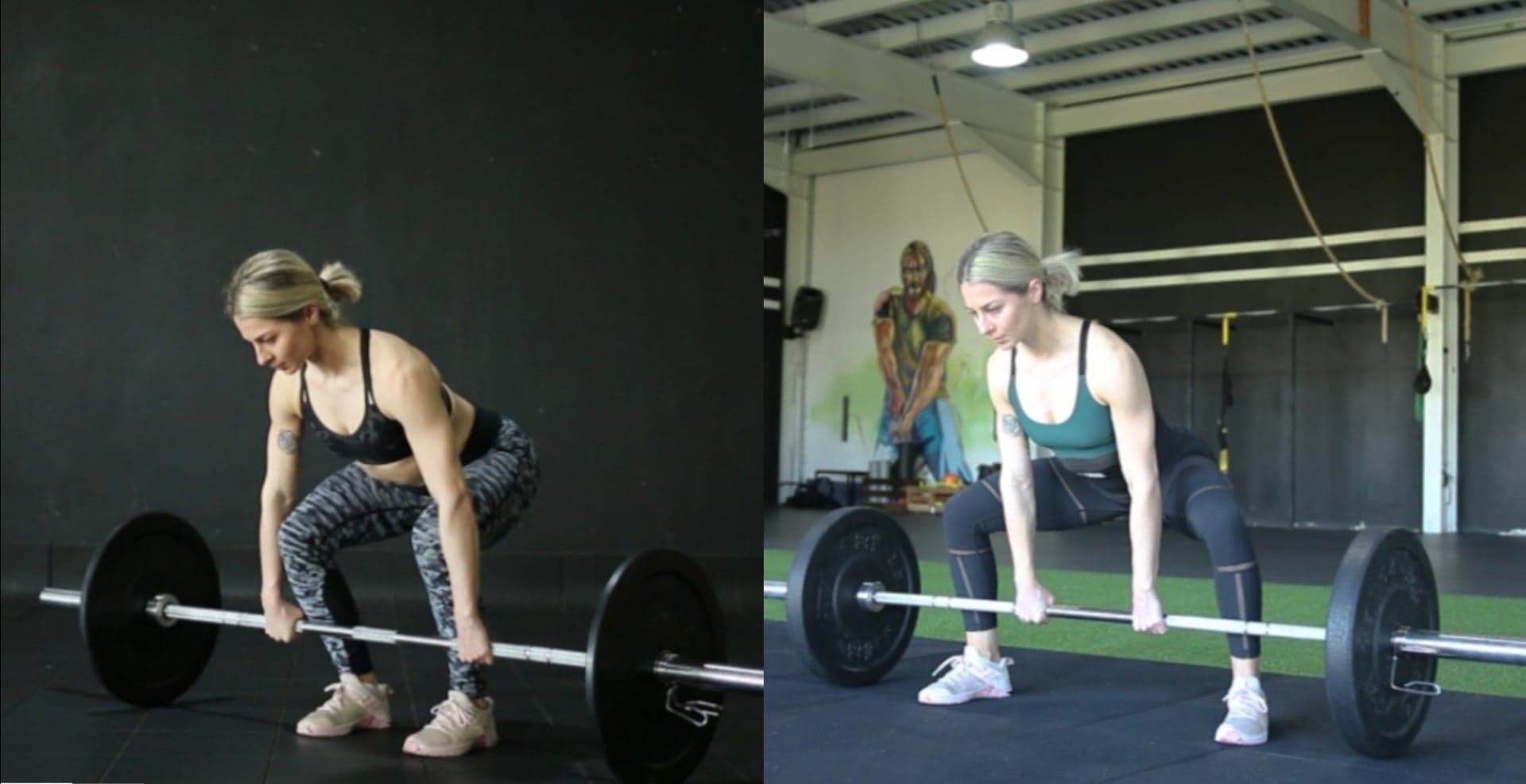Everyone performs some kind of deadlift in his everyday life, that’s why I consider the deadlift as a functional movement of utmost importance, for everyone! Yes, you heard right; for everyone! “Most people misunderstand the mechanics of the deadlift; it’s not a matter of pulling with the lower back, but locking the spine in a neutral position and driving up the hips. This is a subtle but crucial distinction“(Manseau, 2015). Many people are scared of incorporating the deadlift in their training and maybe you are one of them. But listen, here are some good news! If you execute the deadlift correctly, it can be very efficent and effective for strengthening your posterior chain and gaining overall strength, as it is a full body exercise. Start with your bodyweight only, to learn the technique.
There are many deadlift variations such as single leg, sumo, conventional, bodyweight only, weighted deadlifts etc. Start thinking about the deadlift as a pushing exercise; start the movement by driving with your legs and engaging your glutes and avoid pulling with your upper body, as this can put a tremendous amount of strain on your lower back. In this article I will talk about the execution of two different deadlift styles, the conventional and sumo deadlift.
An athlete or coach will choose a deadlift style based on several factors such as comfort, muscle involvement and personal preference. Research has found a more upright trunk, less hip flexion at barbell lift off, and greater shank range of motion in the sumo deadlift compared with the conventional deadlift. Another study found that L4 and L5 shear forces were significantly greater in the conventional group whereas hip and knee moments were not significantly different between the two deadlift styles. Thus, people with low back pain may benefit more by using a sumo stance deadlift as it places less shear force on the spine due to the more upright torso.
Conventional deadlift
How to execute:
Place your feet under hips.
Place your hands just outside hip width where they will not interfere with the legs while pulling from the ground.
Keep your shoulders slightly in front of the bar.
Engage your lats and triceps, lock your arms at the elbows and brace your core.
Keep the bar close to the legs as it should travel straight up and down.
Hips and chest rise at the same rate when the bar is below knee level.
When the bar reaches knee level push through the heels (maintaining whole foot all the time), until reaching full hip extension.
Lower the bar by hinging at your hips and keeping your back straight.
Sumo deadlift
How to execute:
Stand with your feet wider than shoulder width and turned out roughly at 35-45 degrees.
Place your hands inside the knees.
Keep your shoulders slightly in front of the bar and your core as upright as possible.
The bar should touch your shins at the bottom.
Start rising up with a straight back, maintaining neutral position.
Keep the bar close to your legs throughout the movement.
Your shoulders and hips rise at the same rate when the bar is below knee.
Start rising your chest when the bar is at knee level and lift the bar by extending your hips, not overextending at your lower back.
My advice: Practise proper form, focus on sound technique and never sacrifice it for a PR. Do this and you will see the benefits of deadlifting!
